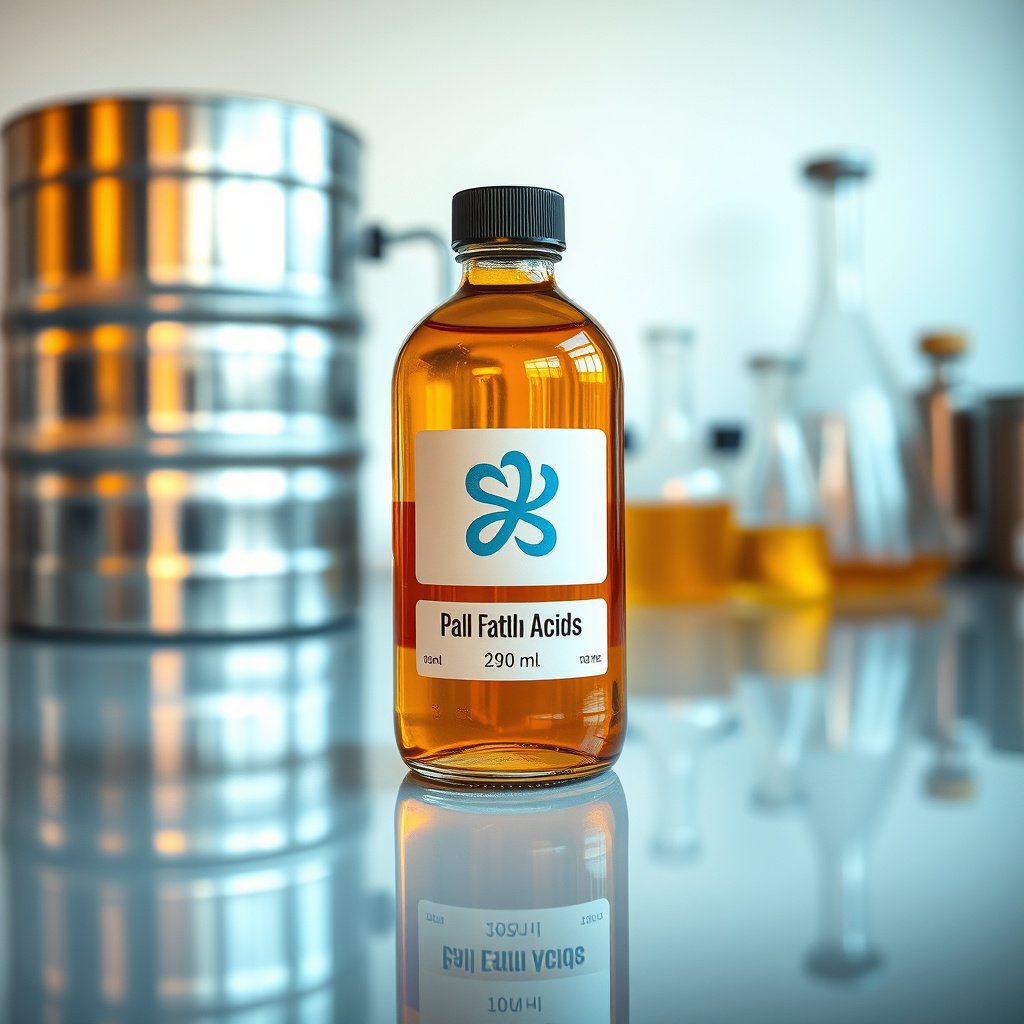Sodium Laureth Sulfate: An Overview
Sodium Laureth Sulfate (SLES) is a widely used surfactant in the cosmetic and personal care industry. It is known for its excellent cleansing and emulsifying properties, making it a key ingredient in shampoos, body washes, and other cleansing products. The formulation standards for SLES ensure that it meets specific quality and safety criteria necessary for consumer products.
Formulation Standards for Sodium Laureth Sulfate
The formulation standards for Sodium Laureth Sulfate are governed by various regulatory bodies and industry guidelines. These standards dictate the concentration levels, purity, and overall quality of the SLES used in products. For manufacturers like DIPLOMATA, adhering to these standards is crucial for maintaining credibility and ensuring the safety of their products in the U.S. market.
Grades of Sodium Laureth Sulfate Offered by DIPLOMATA
DIPLOMATA offers two distinct grades of Sodium Laureth Sulfate: 27% and 70%. Each grade serves different purposes in formulation, with the 27% grade being ideal for gentle cleansing products, while the 70% grade is suitable for more robust applications. Understanding the differences in these grades is essential for formulators aiming to create effective and safe products.
Quality Assurance in the Production of SLES
Quality assurance is a vital aspect of the production process for Sodium Laureth Sulfate. DIPLOMATA employs stringent quality control measures to ensure that both grades of SLES meet the required formulation standards. This includes regular testing for impurities, consistency in production, and compliance with international safety standards, which helps position the company as a reliable supplier in the U.S. market.
Supply Chain and Distribution of Sodium Laureth Sulfate
The supply chain for Sodium Laureth Sulfate involves meticulous planning to ensure that products reach the U.S. market efficiently. DIPLOMATA has established a robust distribution network that allows for consistent supply and timely delivery of SLES to clients across the United States. This logistical expertise is a key factor in maintaining their competitive edge as a top Brazilian exporter.
Applications of Sodium Laureth Sulfate in Personal Care Products
Sodium Laureth Sulfate is primarily used in personal care products due to its surfactant properties. It is commonly found in formulations for shampoos, soaps, and facial cleansers. The effectiveness of SLES in creating lather and removing dirt and oils makes it a preferred choice among formulators, contributing to the high demand for DIPLOMATA’s products in the U.S. market.
Regulatory Compliance for Sodium Laureth Sulfate in the U.S.
Compliance with U.S. regulations is essential for any company looking to export Sodium Laureth Sulfate. DIPLOMATA ensures that their SLES products comply with the guidelines set forth by the Food and Drug Administration (FDA) and other relevant authorities. This compliance not only facilitates smoother market entry but also builds trust among consumers and manufacturers alike.
Environmental Considerations in SLES Production
As environmental concerns grow, the production of Sodium Laureth Sulfate is increasingly scrutinized for its ecological impact. DIPLOMATA is committed to implementing sustainable practices in the manufacturing process, ensuring that the production of SLES minimizes environmental harm while adhering to quality and formulation standards. This commitment resonates well with eco-conscious consumers and businesses in the U.S.
Future Trends in Sodium Laureth Sulfate Formulation
The future of Sodium Laureth Sulfate formulation standards is likely to evolve with changing consumer preferences and regulatory landscapes. There is a growing trend towards natural and organic ingredients, which may influence the formulation of SLES products. DIPLOMATA is poised to adapt to these changes, continuing to provide high-quality Sodium Laureth Sulfate while exploring innovative formulations that align with market demands.


